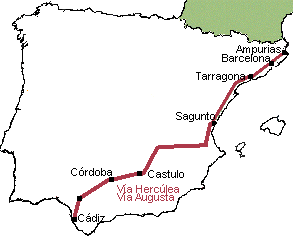 Can you imagine walking along a road that is more than 2,000 years old, surrounded by stunning landscapes? Would you like to go on a wonderful journey back to the times of the Roman Empire? There’s no need to go to Italy, all this is possible here in Spain, travelling along the Via Augusta.
Can you imagine walking along a road that is more than 2,000 years old, surrounded by stunning landscapes? Would you like to go on a wonderful journey back to the times of the Roman Empire? There’s no need to go to Italy, all this is possible here in Spain, travelling along the Via Augusta.
The Via Augusta was the longest Roman road anywhere in Hispania, covering some 1,500 kilometres from the Pyrenees, skirting the Mediterranean Sea as far as Cadiz, in southern Spain. Although many of its original sections are now roads and cannot be walked. If you want to cover part of this route you will be able to walk along many sections that do coincide with the original roadway.
This Roman road links at least 96 monuments. It forms part of the European Union "Roman Roads in the Mediterranean" initiative, and besides a wealth of cultural attractions, also offers stunning landscapes that you can enjoy on foot, by bike, or on horseback. Choose the sections you like most or design your own personalised route because the lack of hills on this itinerary makes it easy. Furthermore, the pleasant Mediterranean climate means you can do this trip at any time of year.
You could start your route in Catalonia, north-eastern Spain, through a real natural corridor that the Roman emperor Augustus used between the years 2 and 8 BC. This first stage covers almost 700 kilometres, crossing 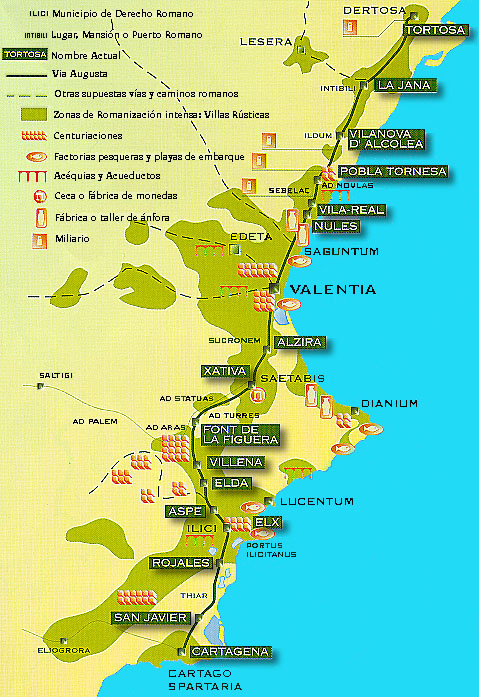 Girona, Barcelona and Tarragona. On the way, you will be able to savour the landscapes of vineyards while you enjoy monuments that date back to the ancient Roman Empire, such as Barà Arch in Roda de Barà (Tarragona). Also in Tarragona, which the Romans called Tarraco, there is an impressive archaeological site very close to the Via Augusta, with the UNESCO World Heritage designation.
Girona, Barcelona and Tarragona. On the way, you will be able to savour the landscapes of vineyards while you enjoy monuments that date back to the ancient Roman Empire, such as Barà Arch in Roda de Barà (Tarragona). Also in Tarragona, which the Romans called Tarraco, there is an impressive archaeological site very close to the Via Augusta, with the UNESCO World Heritage designation.
The Region of Valencia, on the shores of the Mediterranean, was the next large area crossed by the Via Augusta and comprises of Castellón, Valencia and Alicante. The route covers 425 kilometres and a large part of this runs less than 25 kilometres from the Mediterranean Sea. The remains of mansions, bridges and triumphal arches such as the one in Cabanes (Castellón) succeed one another on an unforgettable journey running to places such as Jávea and Elche (Alicante province) and Sagunto (Valencia province), where you can visit its Roman Theatre. Landscapes of fruit trees, especially oranges, will accompany you on your way. Furthermore, you should not miss the stunning spots that surround the Via Augusta, such as Las Palmas Desert in Castellón, or the Albufera Nature Reserve in Valencia and the Carrascal de la Font Roja Nature Reserve in Alicante.
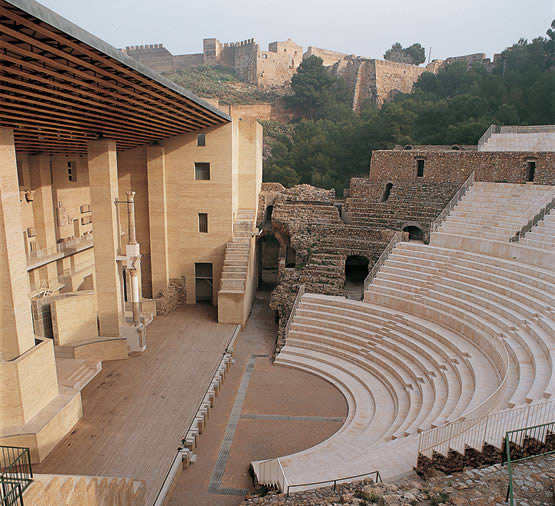
The third stage of this age-old route runs through Andalusia, in southern Spain, in the provinces of Jaén, Cordoba, Seville and Cadiz, following the course of the Guadalquivir River. The first pleasant surprise is in Linares (Jaén), where you will find the Roman ruins of Cástulo. However, one of the best conserved and most fascinating sections of the road is surely the one from Seville to Carmona. There you will find the Roman necropolis and the Puerta de Sevilla.
After marshland, the mountainous region of Sierra Morena and the vineyards of southern Spain, you come to Cadiz, where the Guadalquivir River has its mouth, in Sanlúcar de Barrameda. This marks the end of an unforgettable journey on the Via Augusta, a real window into the past.
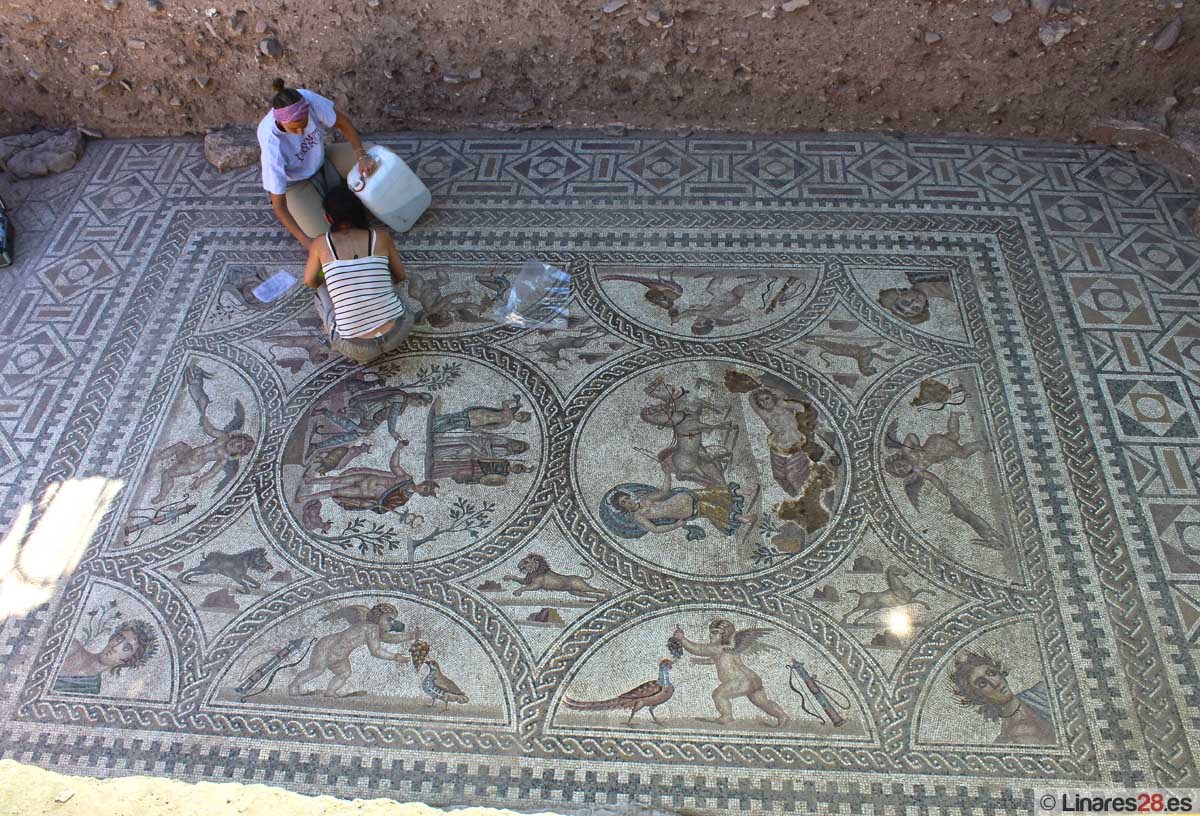

There are numerous archaeological sites throughout the country. All you have to do is choose an area. Go back to the times of the gladiators and emperors, and learn something of the civilisation that gave Spain such a priceless cultural legacy.
In this journey, one of the things that will become evident about the past is that the houses in ancient Hispania had heating systems, running water and thermal baths, that their occupants used instruments such as nail clippers, and that hunting was of great importance in their daily lives, as illustrated by the themes of the mosaics and by the weapons and utensils discovered at excavations.
There are countless Roman sites throughout Spain and some of them, such as those at Tarraco and Mérida, even have UNESCO World Heritage status. Alongside these major archaeological sites are smaller but equally interesting sites, often based on old Roman towns in beautiful natural settings. Just a few examples are the Carranque Archaeological Park in Toledo; the Roman towns of La Olmeda and Quintanilla de la Cueza in Palencia; the ruins at Oliva de Plasencia in Extremadura; the Roman towns of Els Munts and Centelles in Tarragona; the Roman city of Baelo Claudia in Tarifa… and so the list goes on.
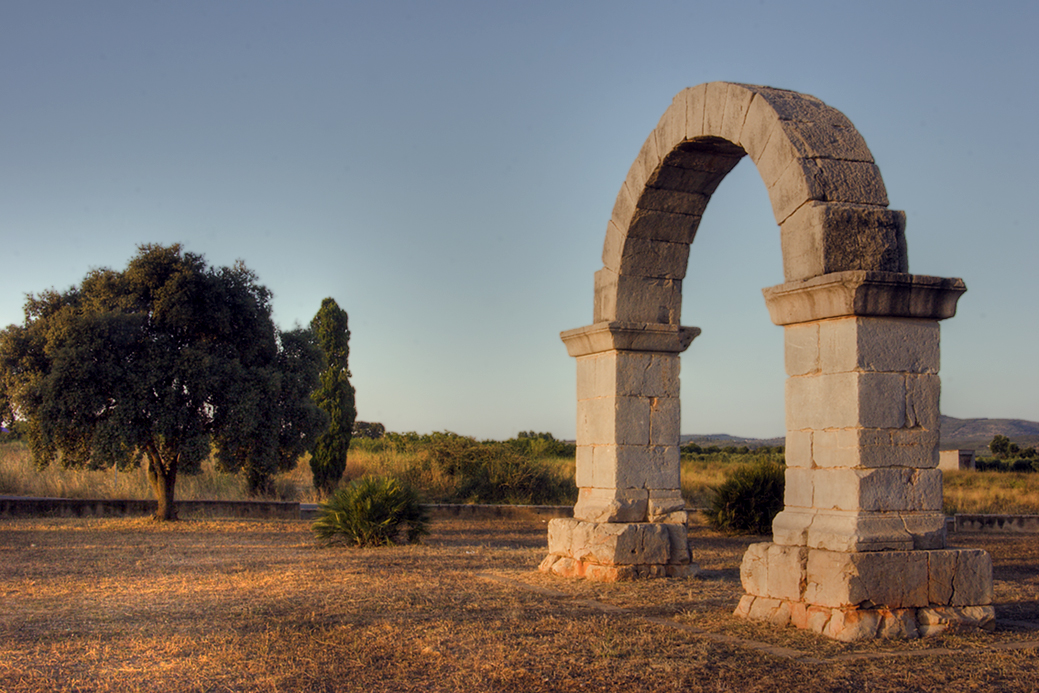 The sites often also include exhibitions, audiovisuals, reproductions, explanatory panels and scale models to provide visitors with a more complete insight into daily life in these settlements. One such site, for example, is the Museum of Roman Towns at Almenara-Puras, 55 kilometres from Valladolid. The only museum of its type in Spain, it is perfectly integrated with the surrounding landscape and, with exhibits of remains recovered from a stately house from the 4th century AD, enables visitors to learn about life in a farming town during the days of the Early Roman Empire.
The sites often also include exhibitions, audiovisuals, reproductions, explanatory panels and scale models to provide visitors with a more complete insight into daily life in these settlements. One such site, for example, is the Museum of Roman Towns at Almenara-Puras, 55 kilometres from Valladolid. The only museum of its type in Spain, it is perfectly integrated with the surrounding landscape and, with exhibits of remains recovered from a stately house from the 4th century AD, enables visitors to learn about life in a farming town during the days of the Early Roman Empire.
Visiting the Roman towns in Spain will take you on a journey through rooms, palaces and burial grounds; you will admire temples and statues dedicated to the ancient divinities; beautiful mosaics and paintings of incalculable artistic merit; marble columns and old stone walls; the remains of ceramics, glass objects, coins and tools; dishes, containers and decorative elements; arches, bridges, vestibules and courtyards; water tanks; pantheons... a whole host of monuments just waiting to be discovered. All in all, an enjoyable and fun way to learn about one of the most fascinating periods in Spanish history.